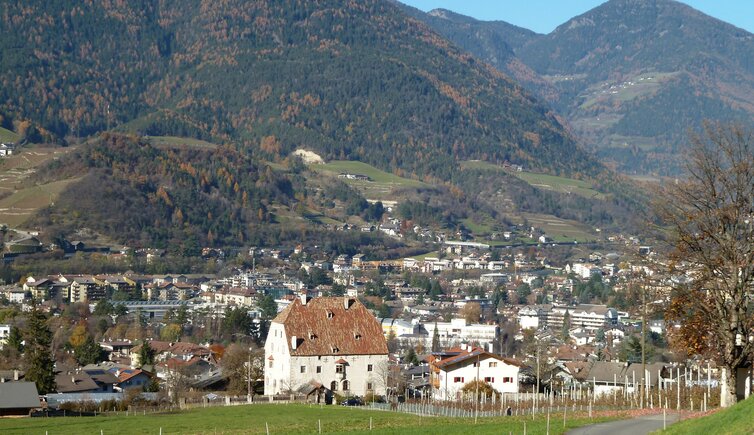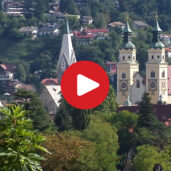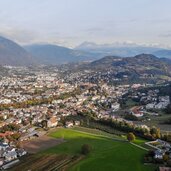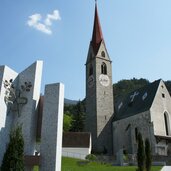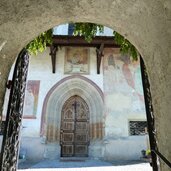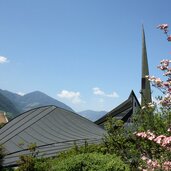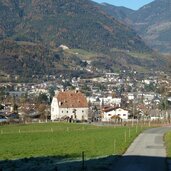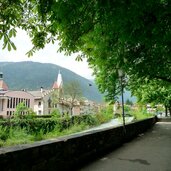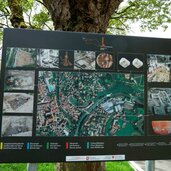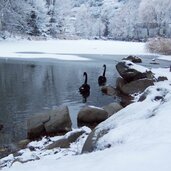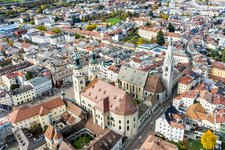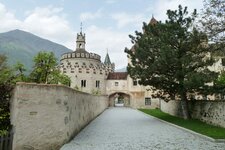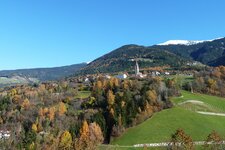Discover Millan’s history, culture, and nature - from the Church of Our Lady on the Sand to the Plose Skiing Area
Nestled at the foot of the Plose, separated from the Bressanone town centre only by the Isarco River, lies Millan (Milland). This popular residential area, supposedly older than Bressanone itself, was first documented in 893 AD - eight years before Bressanone. A striking building is the Karlsburg Manor (Ansitz Karlsburg), also known as Winkelhof, the landmark of Milland. It was the only building spared by the French during the Napoleonic Wars in 1810.
The pilgrimage church of Our Lady on the Sand (Maria am Sand) was a frequently visited site, particularly during the plague around 1640, where people pleaded for divine assistance against the disease. It's located on the edge of the village, while the modern, tent-shaped Freinademetz Church stands in the centre. Today, several thousand people live in this district of Bressanone. Names like the Millan school district or the Millan Volunteer Fire Brigade are part of everyday life.
Not to forget Max von Milland, a South Tyrolean singer-songwriter who has released several albums and regularly performs concerts. Walkers can find relaxation on the Karlspromenade, dedicated to the last emperor of the Austro-Hungarian Empire. As archduke, he often stayed at the private clinic of Otto von Guggenberg and used this forest path. It leads you from the pilgrimage church to the Widmann Bridge at the confluence of the Isarco and the Rienza rivers. Crossing the river there, you arrive directly in the Bressanone town centre with its arcades.
A 2.5-hour round tour leads from Millan to Sant'Andrea, where the valley station of the hiking and skiing area of the Plose is located. In winter, you can easily reach Sant'Andrea by bus.
